The Iver Johnson Building, Johnsonia
Introduction
Text-to-speech Audio
What was originally constructed as a hotel and office building in 1897 has served as a monument to downtown Fitchburg residents for decades. The Iver Johnson Building (better known as the “Johnsonia”) was built as a tribute to the massively successful gunsmith and businessman Iver Johnson, founding Iver Johnson Arms & Cycle Works, which produced firearms and bicycles in Fitchburg, Massachusetts.
Images
Super A & P Market, with the Johnsonia in the background (1940)
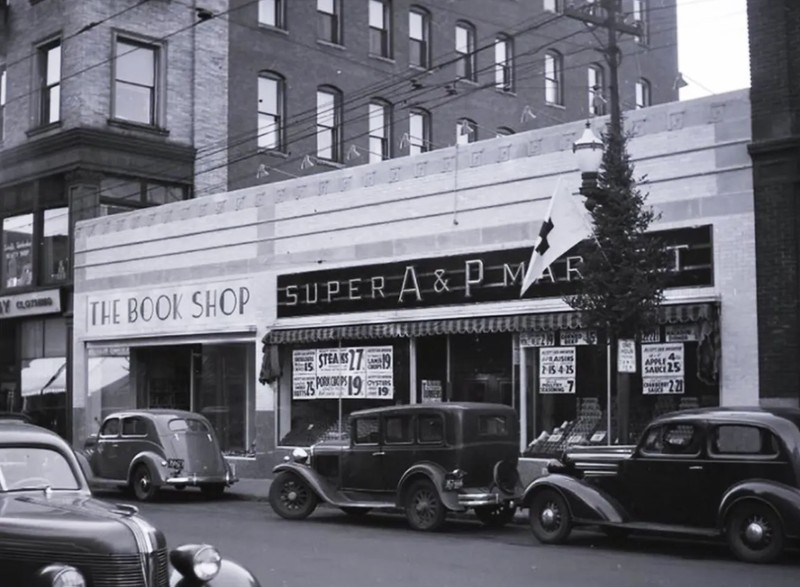
Once A & P market, now owned by a social service agency (Johnsonia no longer in the background, 2021)
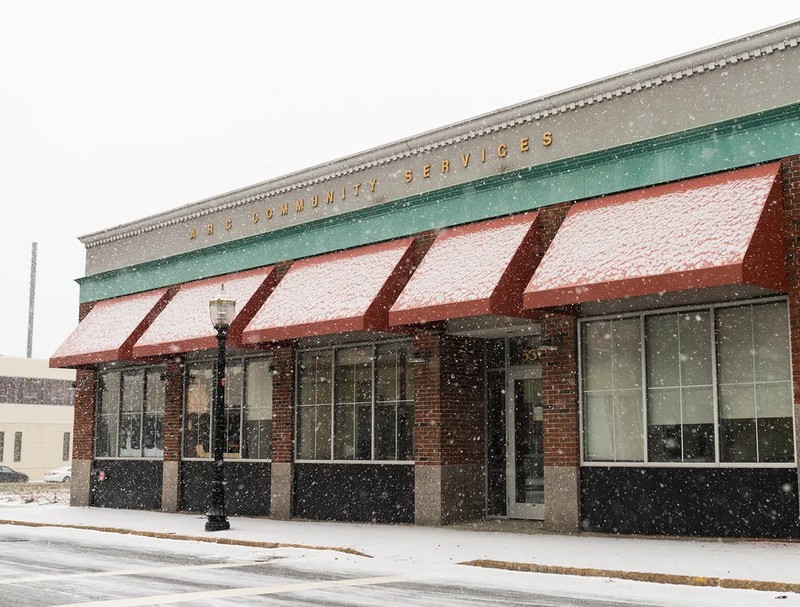
Front door of the "Johnsonia" following the tragic fire (2011)
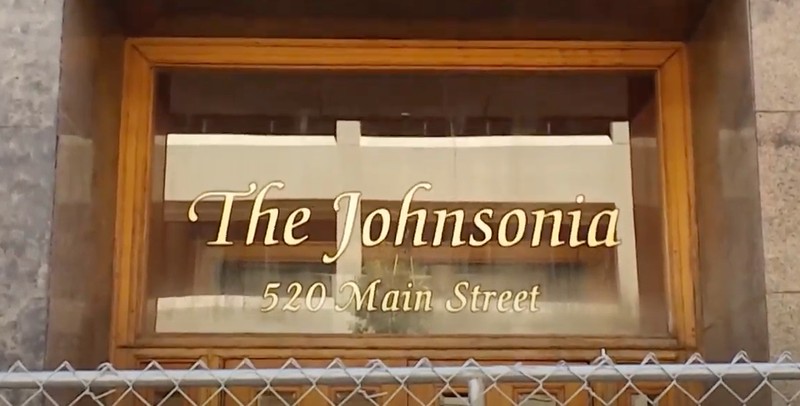
Harry Elkes on an Iver Johnson bicycle
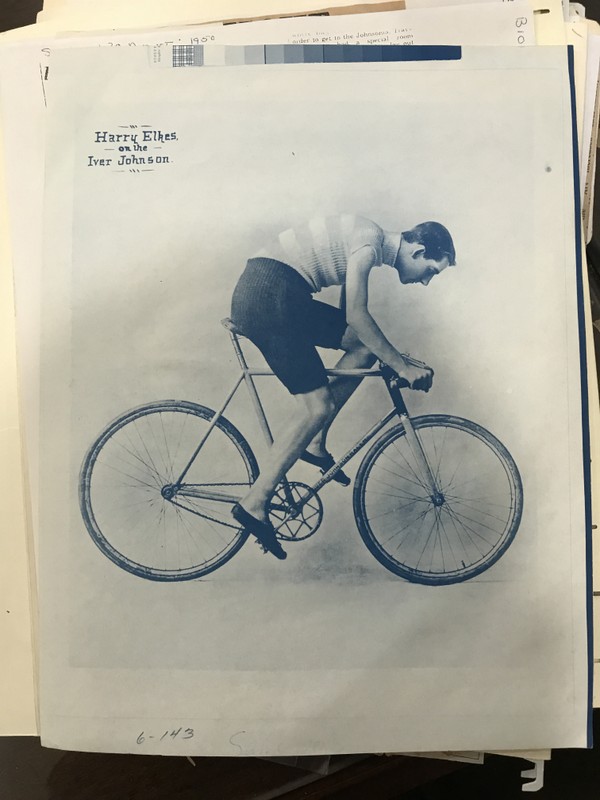
Portrait of Iver Johnson
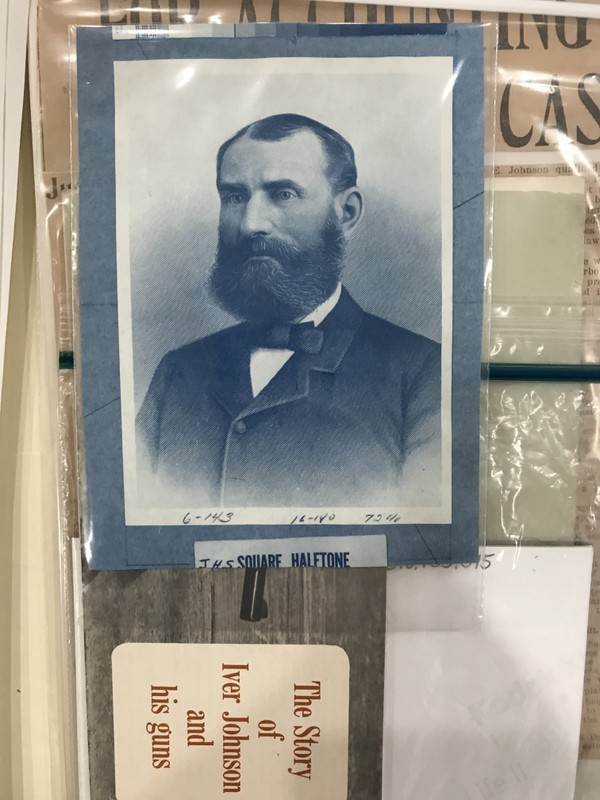
Backstory and Context
Text-to-speech Audio
Born in 1841, Iver Johnson grew up in a small district of Norway. Johnson would go on to educate himself as a gunsmith, eventually opening up his own shop in Oslo. With plans of pursuing his career further as a gunsmith and inventor, he immigrated to Worcester Massachusetts in 1863. Shortly after this move, Johnson married his long-time love, Mary Elizabeth, on April 9th of 1868 in Worcester. Together they would go on to have 5 children: Frederick Iver, John Lovell, Walter Olof, Mary Louise, and Nellie. Johnson would continue his career as a gunsmith and inventor in Fitchburg Massachusetts, even aiding in some design work for Allen & Wheelock.
This company later merged with Martin Bye’s gunsmithing services to create Johnson Bye & Company, filing several patents in order to manufacture their very own affordable revolver. The name was short-lived, however, changing in 1883 to Johnson & Company as a result of Johnson’s buyout of Bye’s interest in the company. It was renamed again in 1891 to Johnson’s Arms & Cycle Works upon their relocation to Fitchburg, Massachusetts for larger manufacturing facilities. They acquired talented machinists such as Andrew Fyrberg, revolutionizing the revolver while also expanding the company's operations. Iver Johnson died of tuberculosis and left the company in the hands of his three sons Frederick Iver, John Lovell, and Walter Olof.
In order to commemorate Johnson and his accomplishments, Mary Spears Johnson would create the “Iver Johnson Building” in 1897, beginning as a hotel and office building in downtown Fitchburg. The hotel would go through two more owners before ending up as a luxurious residential apartment building in the 1970s, serving as a popular venue in downtown Fitchburg for cultural events, and upscale apartments with over 60 people living inside. Some of the residents were professors at nearby Fitchburg State University. Unfortunately, a tragic fire in 2011 destroyed the building, taking the resident's homes and many of their valued belongings with it, though, thankfully no one was injured. Despite many rumors of restoration, sadly all that remains today s an empty patch of grass.
Cite This Entry
Cole Burke and J.J. Sylvia IV. "The Iver Johnson Building, Johnsonia." Clio: Your Guide to History. January 1, 2023. Accessed March 31, 2025. https://theclio.com/tour/2402/3
Sources
& Enterprise, Sentinel. Johnsonia building has rich history, Sentinel & Enterprise. June 15th, 2011. Accessed December 10th, 2022. https://www.sentinelandenterprise.com/2011/06/15/johnsonia-building-has-rich-history/.
Elfland, Mike. Then & Now: A&P, Main Street, Fitchburg, Telegram.com. January 25th, 2021. Accessed December 10th, 2022. https://www.telegram.com/story/news/history/2021/01/25/then-now-a-p-main-street-fitchburg/6668452002/.
Owen, Paula J. A blow to the city; Johnsonia was an example to redevelopment, The Free Library. June 15th, 2011. Accessed December 10th, 2022. https://www.thefreelibrary.com/A+blow+to+the+city%3B+Johnsonia+was+an+example+to+redevelopment.-a0258970484.
Fitchburg Historical Society
Telegram & Gazette
Fitchburg Historical Society
Fitchburg Historical Society

